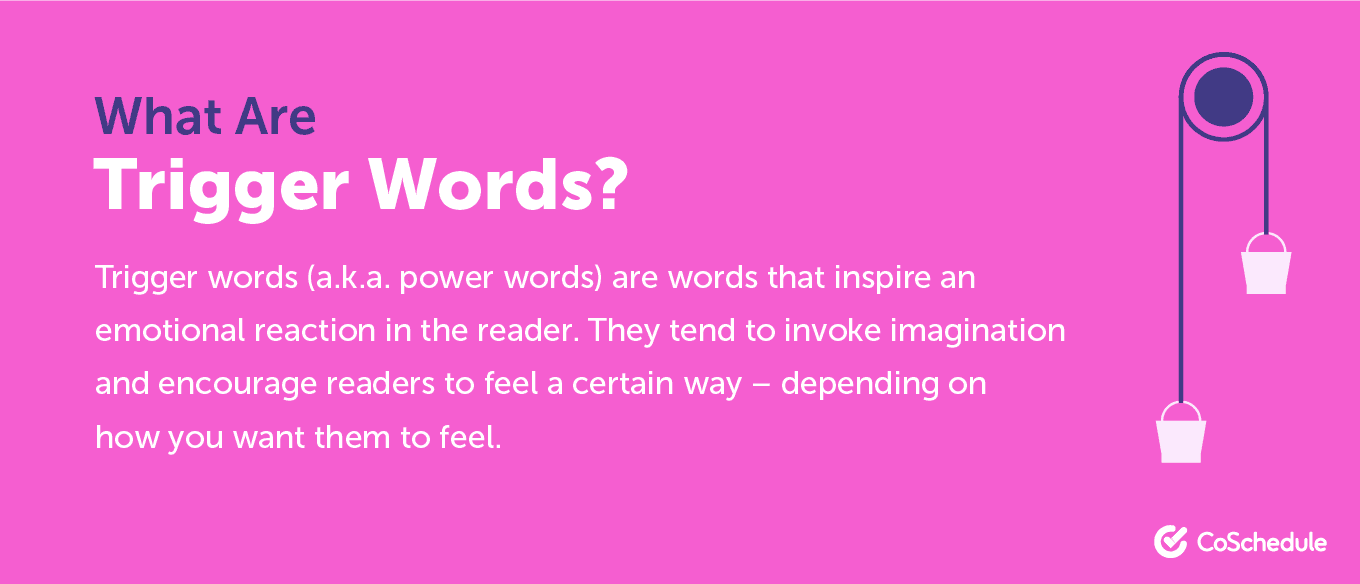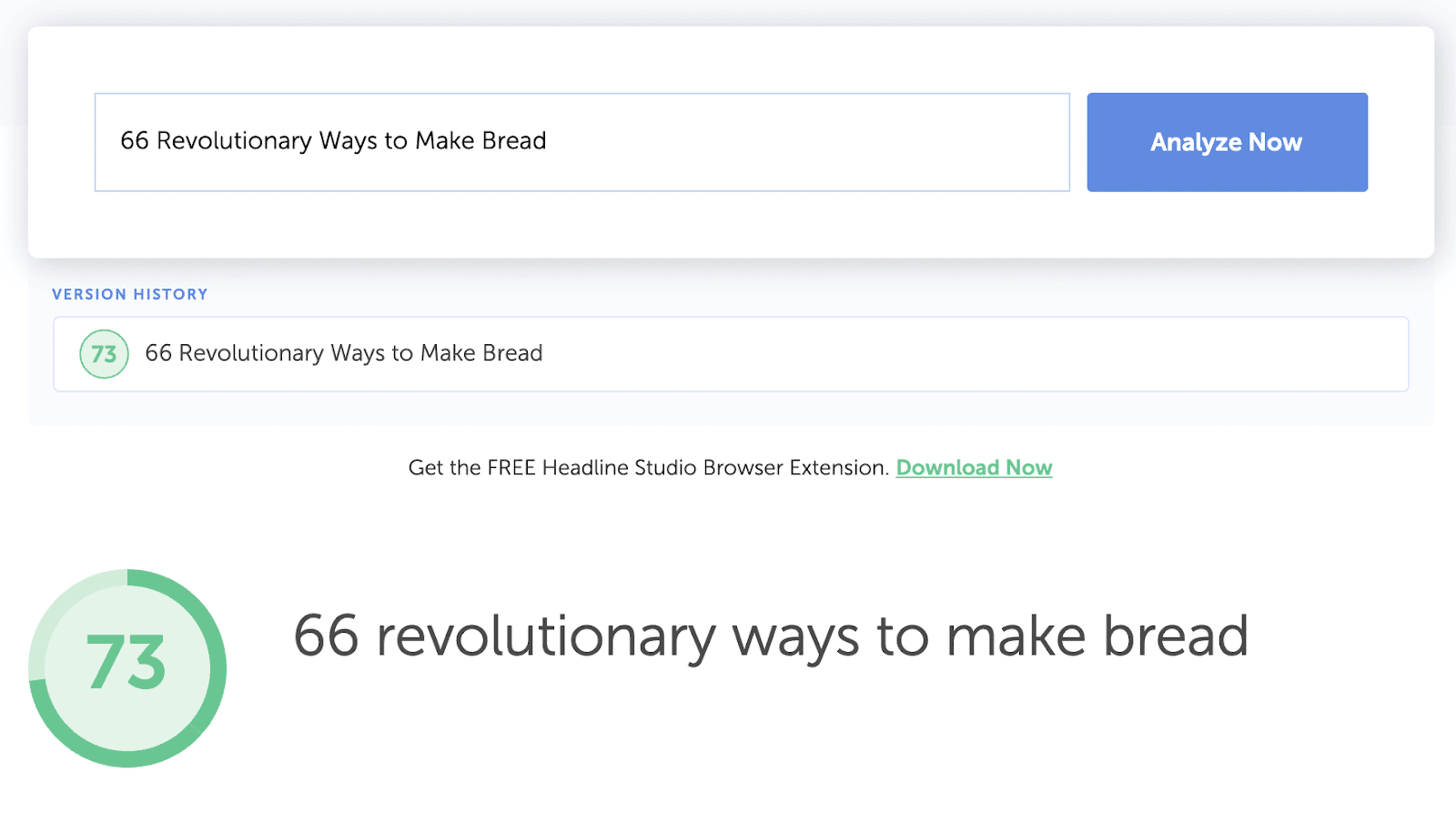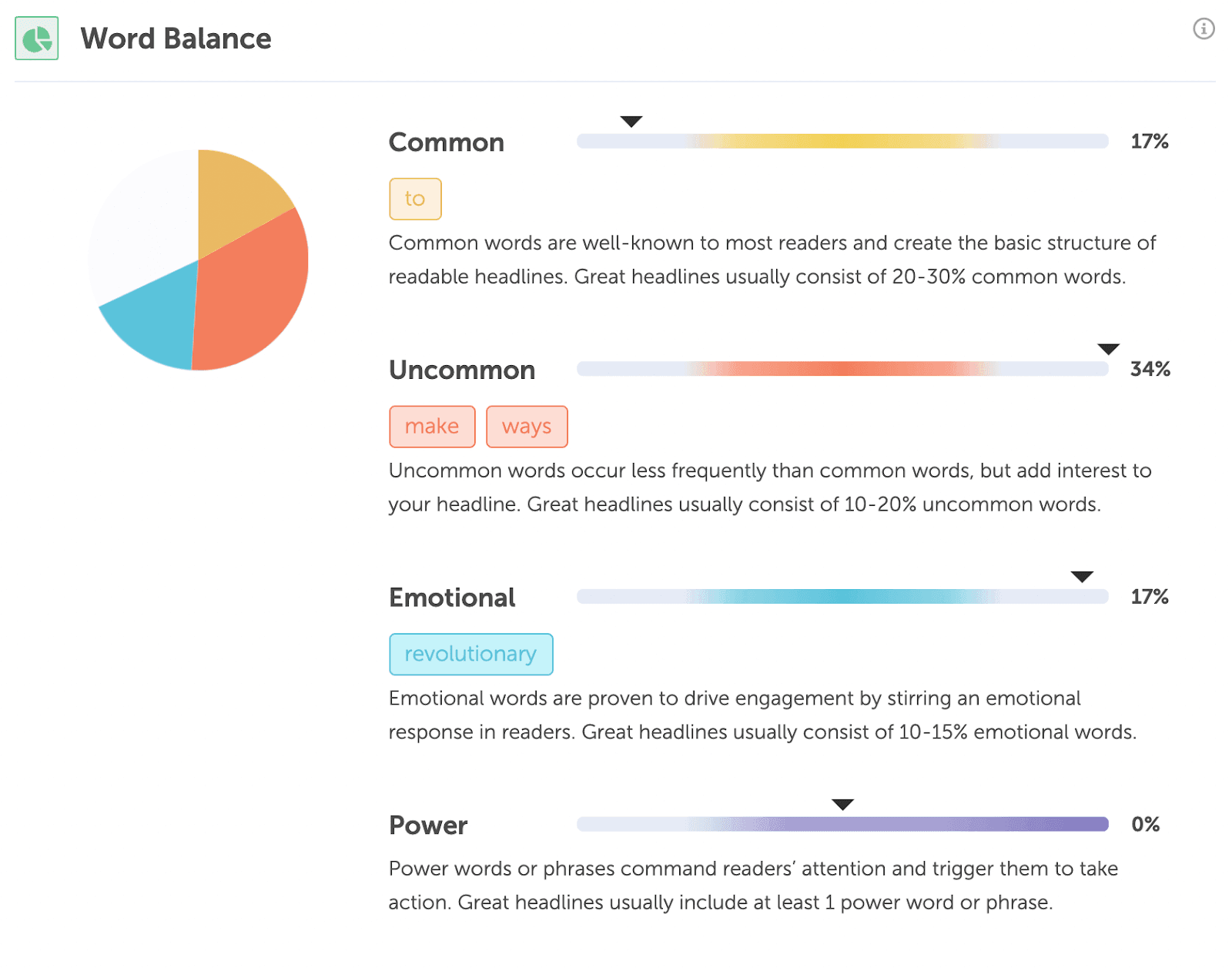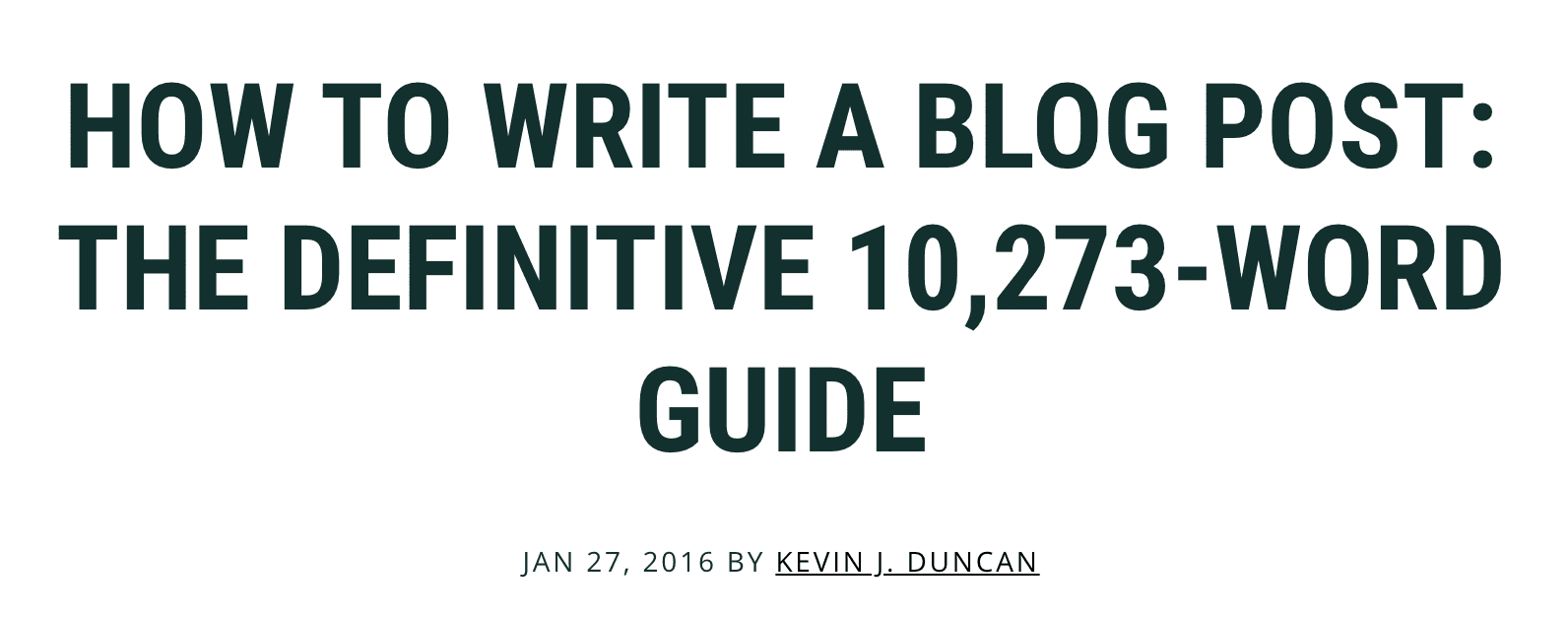With so much content being pumped out every day, it’s easy to come across the same old boring headline time and time again.
When you’re up against a huge amount of competition, a stale headline can mean the difference between your post getting read and a reader going elsewhere — no one wants that. You can have the best piece of content in the world, but if people aren’t inclined to click through and read it, it’s just not going to get the eyeballs you need for it to perform well.
Of course you want your content to shine, so what’s the solution?
The answer is making your headlines as compelling as possible, and this means infusing them with emotional trigger words.
As copywriter extraordinaire, David Ogilvy, said in his book Confessions of an Advertising Man, “On average, five times as many people read the headline as read the body copy. When you have written your headline, you have spent eighty cents out of your dollar.”
Download Your Editorial Calendar Template
Plan out all your headlines ahead of time and get a jump-start on your content production process when you download this ultimate editorial calendar template for all of your marketing planning needs.
What Are Trigger Words?

The term “trigger word” shouldn’t be confused with words that trigger an actual response, like from Siri or other A.I. assistants. The kind we’re talking about here purely encourage an emotional reaction in readers or inspire curiosity.
The reason they work is because people connect to emotion rather than words. Content that elicits an emotional response — whether it’s amusement, joy, sadness, surprise, or something else — is far more likely to be shared than content that doesn’t.
Trigger words are important for eliciting these emotions. Including them in your headlines sets the tone from the very start, but it’s important to make sure you follow through on your promise throughout the rest of the content.
Sparking a sense of curiosity is also key if you want to divert eyeballs from your competitor’s content and get them on your own stuff.
Research has found that curiosity is one of the most powerful triggers for virality — because, let’s face it, it’s hard to squash curiosity once it’s been sparked. Trigger words will also encourage more click-throughs because your headlines will stand out in search results, but this brings other benefits with it, too.
There’s some indication that click-through rates affect how your site is ranked by search engines — the more people that click-through to your post and spend time reading your content, the more likely Google is to place it higher because it believes your piece has a lot of value.
Your List of 201 Emotional Trigger Words
Now you know what trigger words are and why they are so important in your headlines, let’s take a look at some choice words you can use.
The trigger words listed here incite a variety of different emotions depending on how you use them and the intent of your headline. There are obviously thousands more where these came from, so by no means is this an exhaustive list.

Using Trigger Words in Headlines: The Art of Balance
The key to using trigger words correctly is making sure you don’t go overboard — because this can make your headlines seem clickbait-y and inauthentic — and to use words that evoke the emotions you want to evoke.
For example, if you want to inspire positive emotions, sprinkling your headlines with negative phrases isn’t going to get you the results you want.
CoSchedule’s Headline Analyzer Studio evaluates the trigger words in your headlines and gives them an overall score out of 100 — the higher the better.

The tool breaks down trigger words included in your headlines:

As you can see, “revolutionary” is considered an emotional word that aims to stir up an emotional response. The higher the percentage of “uncommon”, “emotional”, and “power” words there are in your headlines, the better they are likely to perform.
Examples of Headlines That Include Trigger Words
Now that you have a decent list of resources and ideas on how to implement trigger words into your headlines, we want to share some examples of real content that has taken advantage of this strategy.
1. Fairy Tail: 10 Hilarious Memes That Will Make You Cry Laughing

If being promised the opportunity to cry laughing isn’t enough of an emotional trigger, then what is? Not only does this headline include the trigger word “hilarious”, it also tells readers exactly what they can expect when they read the piece.
2. How to Write a Blog Post: The Definitive 10,273-Word Guide

This post presents itself as a “definitive guide”.
Basically, it promises to be the most comprehensive resource on this topic, and it backs it up with a huge word-count to boot. If a reader wants to learn how to write a blog post, chances are they’re going to be quickly drawn in by this headline.
3. 50 Profitable Side Hustle Ideas

When people start a side hustle, they generally want to make money. By inserting the trigger word “profitable” into this headline, the piece is elevated from a generic side hustle building piece to one that offers even more value.
4. 14 Surprising Things You Can Do While Stuck At Home

Not only is this piece incredibly fitting for these pandemic-infested times, but it promises more than your average things-to-do-at-home guide.
The trigger word “surprising” piques our curiosity and encourages us to click through to find out what these elusive activities are.
5. 6 Powerful Ways to Build Unbreakable Self-Discipline

This piece really ups the ante with not one, but two trigger words.
By incorporating both “powerful” and “unbreakable”, it elevates itself to the kind of piece that really delivers results. The words are inspiring, which is particularly fitting considering the piece is all about self-discipline and self-improvement.
6. 40 Easy Ways to Make Money Quickly

Combining the words “easy” and “quickly” makes this piece a good bet for anyone who desperately wants to make more money. Even if they don’t, it definitely sparks an interest in something that’s usually considered difficult.
How to Decide Which Trigger Words to Use in Your Headlines
It’s easy to cram your headlines full of trigger words with hopes that they’ll spark any kind of emotion in the reader, but there’s an art to getting it right.
Like we said before, if you want to elicit a positive response and make readers feel good, you have to include positive trigger words, like “great”, “amazing”, and “awesome”.
Here are some tips for choosing the right trigger words for your headlines:
- Match the intent of the word to the emotion you want to invoke. Think about how you want readers to feel when they read your headline.
- Cherry-pick just one or two trigger words to include and avoid sounding too clickbait-y.
- Make sure your headline still makes sense — there’s no point including trigger words just for the sake of it.
Don’t fall foul of over-promising and under-delivering when it comes to writing compelling headlines. While Google favors content that gets click-throughs, it also places an emphasis on user engagement.
If people are clicking through to your post because the headline is so enticing, but they don’t stick around because the content doesn’t match, your search rankings are going to suffer.
Start Writing Headlines With Trigger Words
Trigger words are an important concept in copywriting and can elevate your content from just “okay” to inviting, shareable, and even viral. With so much competition around, it’s crucial that you create headlines that stand out but — more importantly — deliver.
[Tweet “Trigger words are an important concept in copywriting and can elevate your content from just “okay” to inviting, shareable, and even viral.”]
Inject your headlines with trigger words to incite emotion in the reader and make them feel a certain way. As a result, they will be more likely to take action, whether that’s sharing your post on social media, signing up to your latest offer, or buying something.

